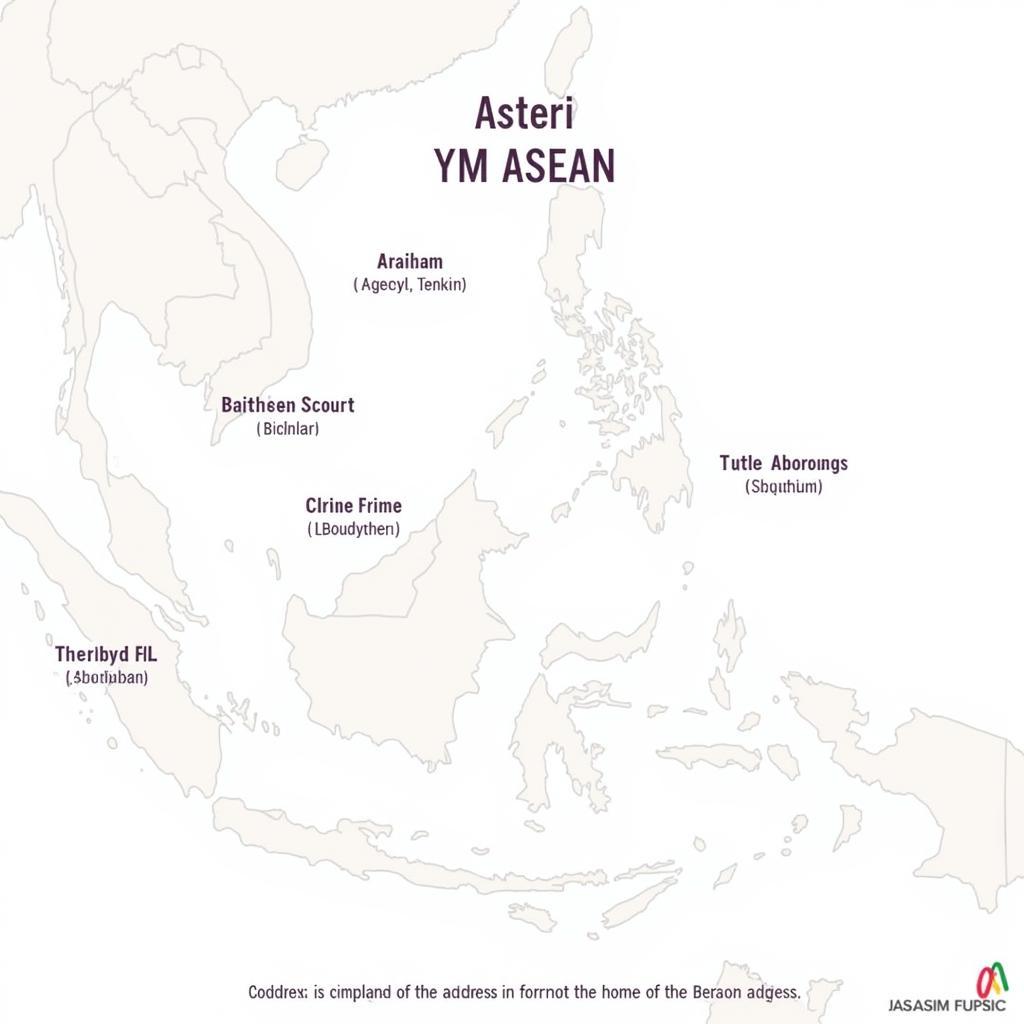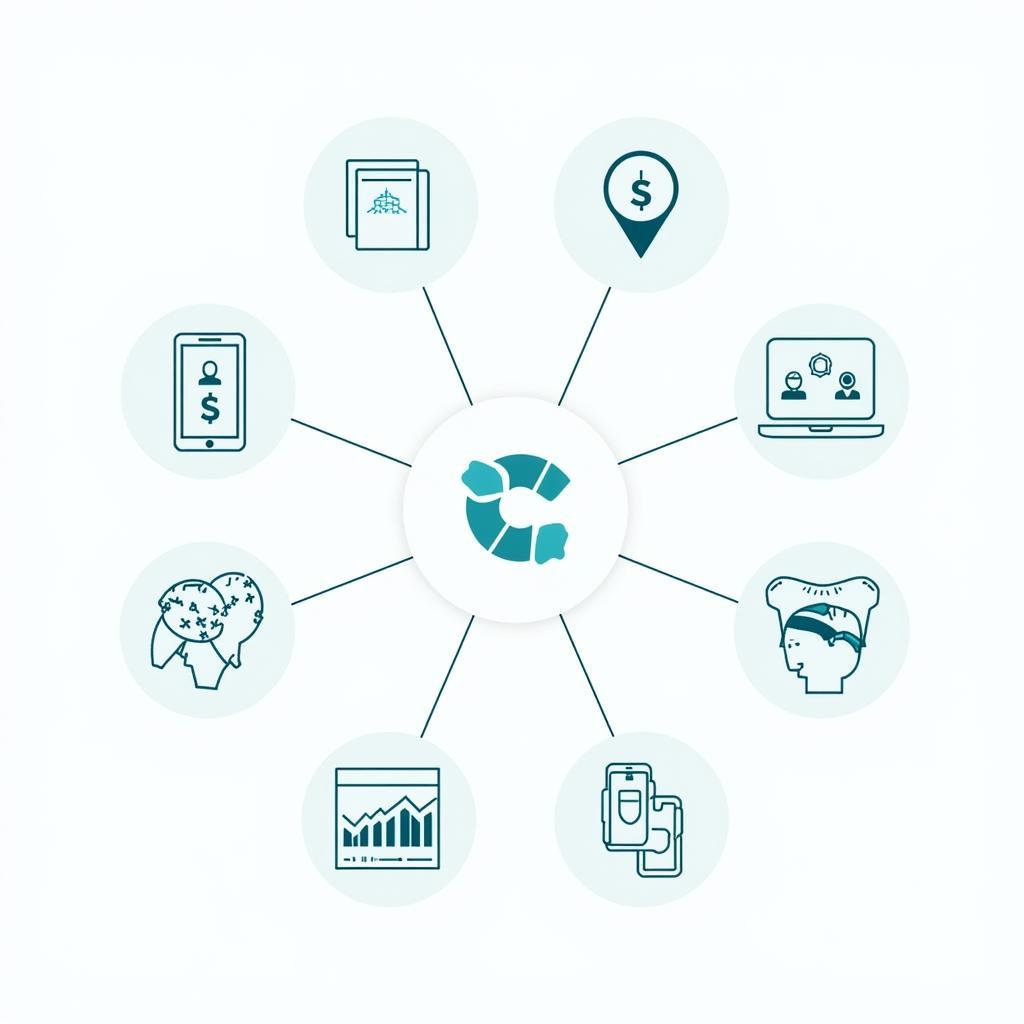Navigating addresses within the diverse landscape of Southeast Asia can be challenging. Unlike many Western countries, the concept of a standardized “ASEAN building zip code” doesn’t exist. This can make finding specific locations, especially for businesses and individuals unfamiliar with the region, a complicated process.
 Understanding ASEAN Address Format
Understanding ASEAN Address Format
Understanding Address Systems in ASEAN
Each of the 10 ASEAN member states has its unique address system, often rooted in historical and cultural contexts. While some countries like Singapore have adopted more structured, postal code-centric systems, others rely heavily on descriptive landmarks and less formal address structures. This lack of uniformity can lead to confusion and inefficiencies, especially in logistics, e-commerce, and cross-border communication.
The Importance of Accurate Address Information
In an increasingly interconnected world, accurate address information is crucial for a multitude of reasons:
- Efficient Delivery and Logistics: Businesses rely on precise addresses to ensure timely delivery of goods and services. Inaccurate or incomplete addresses can result in delays, lost shipments, and increased costs.
- Emergency Services Response: In critical situations, providing the right address to emergency services can be life-saving. Ambiguities in addresses can hinder response times and have serious consequences.
- Effective Communication: From sending letters to conducting business transactions, a clear and standardized address format facilitates communication and reduces misunderstandings.
Overcoming Address Challenges in Southeast Asia
While the lack of a unified “ASEAN building zip code” presents challenges, several initiatives and solutions are emerging:
- Geocoding and Digital Mapping: Companies are developing advanced geocoding systems that convert descriptive addresses into geographic coordinates, enabling more accurate location identification.
- Address Verification Software: Businesses are adopting software solutions to verify and standardize address data, reducing errors and improving delivery success rates.
- Government Initiatives: Some ASEAN countries are implementing address modernization programs, promoting standardized formats and digital address systems.
Tips for Navigating Addresses in ASEAN
- Be Specific and Detailed: When providing or searching for an address in ASEAN, include as much information as possible, such as building names, landmarks, street names (if applicable), and neighborhood details.
- Utilize Local Resources: Consulting local directories, maps, or seeking assistance from residents can be invaluable when dealing with unfamiliar address formats.
- Embrace Technology: Leverage digital mapping services, translation apps, and other tools to navigate addresses and bridge language barriers.
 Technological Advancements in ASEAN Address Systems
Technological Advancements in ASEAN Address Systems
Moving Towards Address Standardization in ASEAN
The need for a more unified and standardized approach to addresses in Southeast Asia is evident. As the region continues to integrate economically and culturally, addressing these challenges will be crucial for facilitating smoother transactions, enhancing efficiency, and fostering greater connectivity within ASEAN and beyond.
